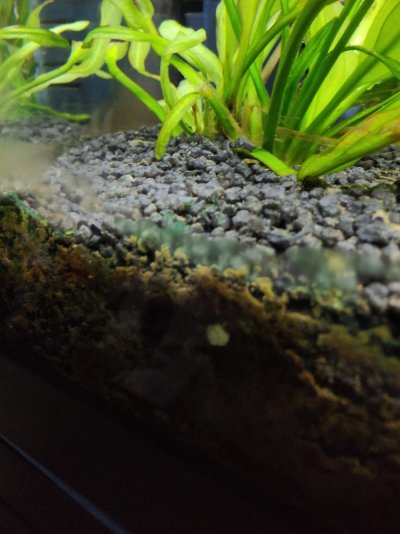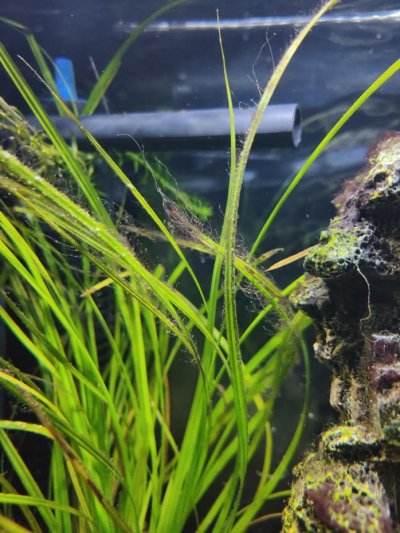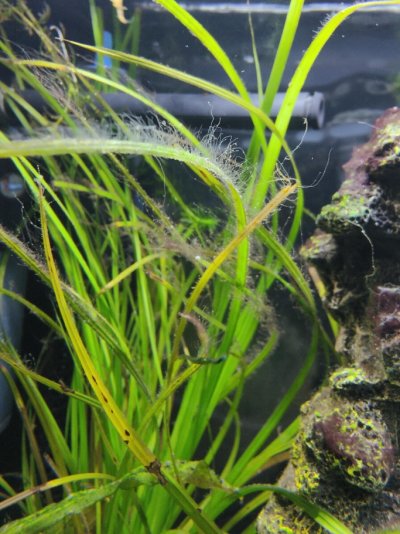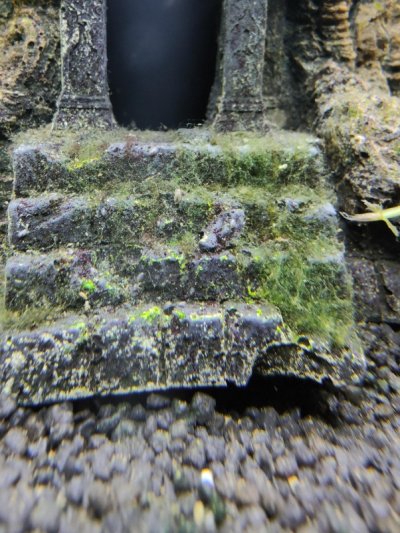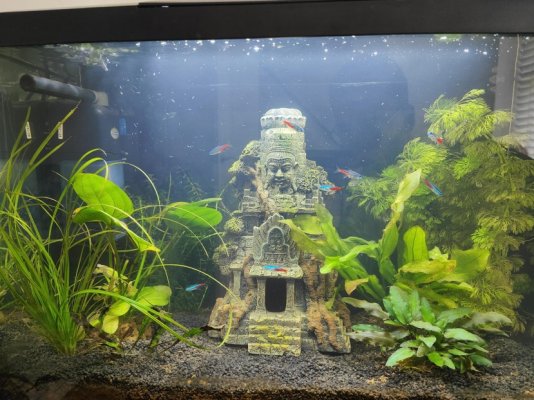Hi,
My tank seems to be a bit invested with different types of mold including:
- A green sludge type that forms on the glass just above substrate
- Black hair like algae forming on some of the plants ( black beard algae i believe?)
- A greenish fuzz growing on the tank ornament
- A black 'film'/ gunk on the tank ornament
Tank light is only on from about 8:30am - 3:30pm (7 hours)
I give the ornament a clean in the extracted tank water during a water change each week to try and remove the algae, but it just returns.
I also tried manualy removing the black beard algae with my hands from the plant, but it would multiply and grow to quickly to fully remove.
I also use this plant food, which i think is meant to help prevent algae growth.
https://www.jbl.de/en/products/detail/2343/jbl-proflora-ferropol-24?country=us
My tank seems to be a bit invested with different types of mold including:
- A green sludge type that forms on the glass just above substrate
- Black hair like algae forming on some of the plants ( black beard algae i believe?)
- A greenish fuzz growing on the tank ornament
- A black 'film'/ gunk on the tank ornament
Tank light is only on from about 8:30am - 3:30pm (7 hours)
I give the ornament a clean in the extracted tank water during a water change each week to try and remove the algae, but it just returns.
I also tried manualy removing the black beard algae with my hands from the plant, but it would multiply and grow to quickly to fully remove.
I also use this plant food, which i think is meant to help prevent algae growth.
https://www.jbl.de/en/products/detail/2343/jbl-proflora-ferropol-24?country=us

